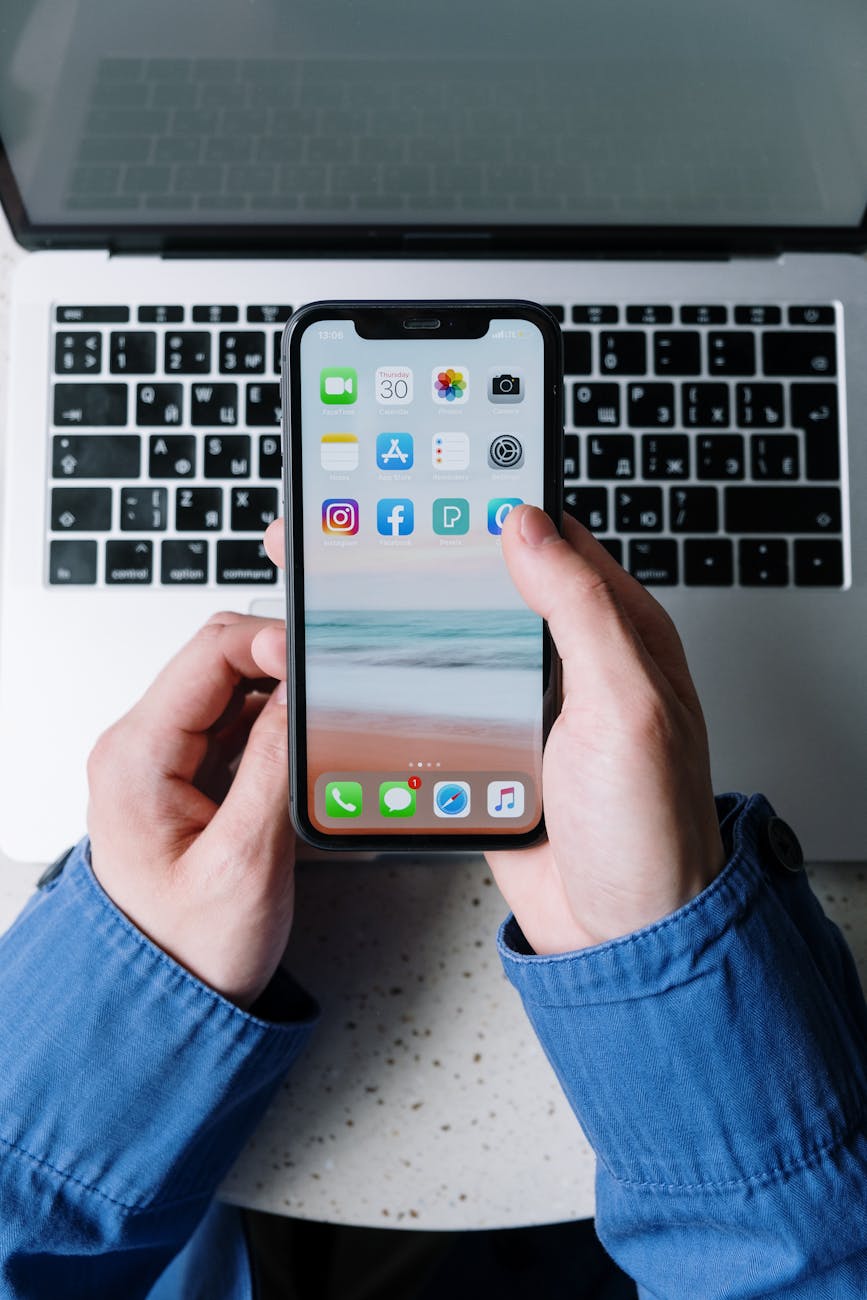How to stay connected while traveling: Essential internet tips for globetrotters
Whether you’re hopping between bustling cities or exploring remote beaches, staying connected is no longer a luxury—it’s a necessity. Picture this: you’re in a foreign country, trying to navigate with an offline map, struggling to translate a menu, or desperately needing to send an important email. Without reliable internet, even the best travel plans can quickly unravel. Luckily, there are smart ways to ensure seamless connectivity, no matter where your adventures take you. In this guide, we’ll explore the best strategies for accessing fast, secure, and affordable internet while traveling—from choosing the right mobile plans to leveraging WiFi hotspots safely. Let’s make sure you never miss a beat (or a booking confirmation) on the road.
Choosing the right mobile data plan
Before you leave home, research mobile data options that suit your destination. Many carriers offer international roaming plans, but they can be shockingly expensive. A better alternative is purchasing a local SIM card upon arrival—just make sure your phone is unlocked. For example, in Europe, providers like Vodafone or Orange offer tourist-friendly prepaid plans with generous data allowances. If you frequently travel, consider an eSIM from companies like Airalo or Holafly, which allow you to buy data packages for over 190 countries without swapping physical SIMs. A quick comparison:
| Option |
Cost |
Coverage |
Best for |
| Roaming with home carrier |
$10–$15/day |
Global (varies) |
Short trips |
| Local SIM card |
$10–$30/month |
Single country |
Longer stays |
| eSIM |
$5–$50 (varies by region) |
Multi-country |
Frequent travelers |
Finding and securing public WiFi
Public WiFi is everywhere, but not all networks are safe. Coffee shops, airports, and hotels often offer free connections, but they can be slow or vulnerable to hackers. Always verify the official network name with staff—fraudulent “Free Airport WiFi” hotspots are common scams. If you must use public WiFi, protect yourself with a VPN (Virtual Private Network) like NordVPN or ExpressVPN, which encrypts your data. Alternatively, use your phone as a personal hotspot instead of risking insecure networks. Pro tip: Some cities, like Tokyo and Singapore, offer free municipal WiFi for tourists, but registration may be required.
Packing the right connectivity gear
A few small gadgets can drastically improve your internet experience. A portable router (such as GlocalMe or TP-Link) lets you create a private WiFi network using local SIM cards, perfect for group travel. If you’re heading to a remote area, a satellite communicator like Garmin inReach can provide backup connectivity. Don’t forget universal power adapters with USB ports to keep everything charged—some countries have different outlets, and you don’t want to hunt for converters mid-trip. Lastly, a lightweight power bank ensures your devices stay online during long transit days.
Saving data with offline tools
Even with a solid connection, conserving data helps avoid surprise charges. Download offline Google Maps for your destination before you leave—just type “OK Maps” in the search bar to save the area. Apps like Google Translate allow offline language packs, and Spotify/Podcast apps let you save playlists. Email clients like Outlook offer offline modes so you can draft responses without using data. If you’re a heavy internet user, monitor your usage with apps like My Data Manager to avoid overages.
Staying connected in off-the-grid locations
For adventurers heading to places with little to no coverage, planning ahead is essential. Research mobile coverage maps (check OpenSignal or local carrier websites) to know where signals drop. Satellite internet services like Starlink RV are becoming more accessible for serious travelers. In extreme cases, portable WiFi boosters can strengthen weak signals near rural guesthouses or campgrounds. Always inform someone of your itinerary and expected check-ins in case connectivity is spotty.
Final thoughts: Never lose connection again
Traveling shouldn’t mean disconnecting from the world—or your responsibilities. By picking the right data plan, using public WiFi wisely, packing smart gear, and optimizing offline tools, you can enjoy both adventure and accessibility. Remember, the best strategy depends on your destinations: business travelers might prioritize eSIMs for flexibility, while backpackers could benefit from local SIMs. Tech-savvy globetrotters should always have a VPN and offline backups. No matter where you roam, a little preparation ensures you’ll stay online without breaking the bank. Safe travels, and happy browsing!
Image by: Valentin Antonucci
https://www.pexels.com/@valentinantonucci







